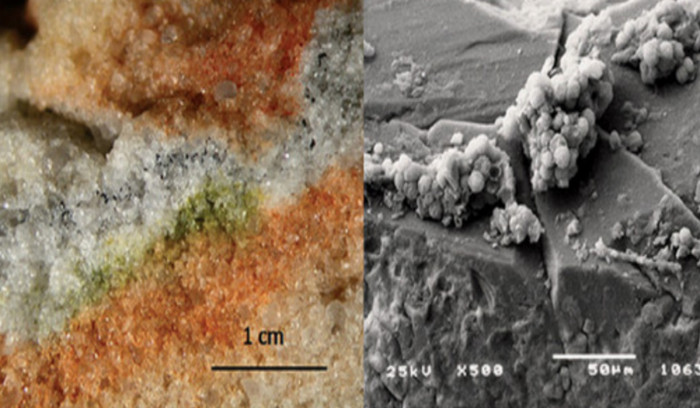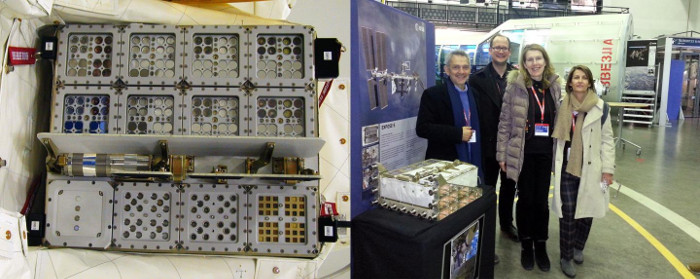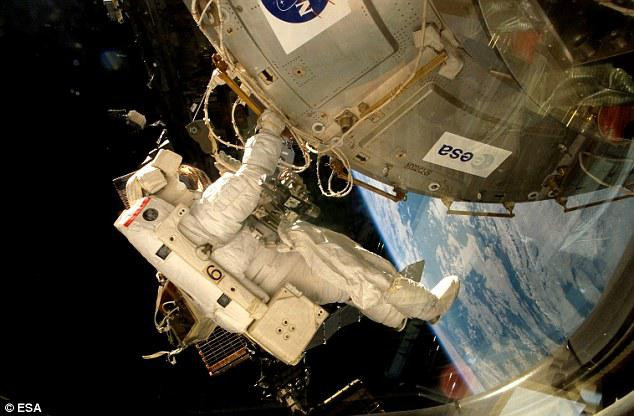Antarctic mushrooms prove life on Red planet
Antarctic mushrooms journey through 18 months on the International Space Station ISS, proving the ability to endure the rigors of Mars.
This Antarctic mushroom is associated with the Spanish and Austrian lichen mushrooms. This discovery opens a new era of parasitic fungal life on Mars.
After an 18-month life-sustaining journey on ISS, exposed to the harsh living conditions of Mars's space and habitat, this Antarctic mushroom has proven its ability to withstand the rigors of life. live in space. Experimental mushroom samples show that more than 60% of cells survive.

This mushroom collected from Antarctica to the universe has a width of 1.4cm, higher than 200 nanometers.
This mushroom collected from Antarctica to the universe has a width of 1.4cm, higher than 200 nanometers, in the mushroom contains 95% CO 2 liquid gas, 0.05% oxygen, 2.7% nitrogen, 270 parts per million of water, living in a 1000 pascal pressure environment and capable of interacting with ultra-high aurora, ultraviolet rays on Mars.

This Antarctic mushroom has proven its ability to withstand the rigors of life in space.
Mushrooms are sampled and brought back to Victoria and Antarctic dry valleys.

Astronauts work in space.
Earlier, astronaut Scott Kelley posted the latest image of the zinnia blooming orange flowers in space, raising hope for life in outer space.
- Algae, lichens and mushrooms are growing on Red planet?
- Top 10 most rare mushrooms in Vietnam
- Giant mushrooms appear in mass in Hue
- Plan to set up an Antarctic marine sanctuary
- What do aliens see on TV?
- Identify deadly poisonous mushrooms in Vietnam
- 5 types of mushrooms are not only beautiful as fairy but also delicious and incredible
- Eating mushrooms can prevent cancer but not eat meat or fish
- Photos of beautiful mushrooms in nature
- Discovering the planet can survive life
- Colorful beauty of mushrooms
- How to identify and prevent poisonous mushrooms
 Why do potatoes have eyes?
Why do potatoes have eyes? 'Tragedy' the world's largest carnivorous life: Death becomes ... public toilet
'Tragedy' the world's largest carnivorous life: Death becomes ... public toilet Tomatoes were once considered 'poisonous' for 200 years
Tomatoes were once considered 'poisonous' for 200 years Detecting microscopic parasites on human face
Detecting microscopic parasites on human face